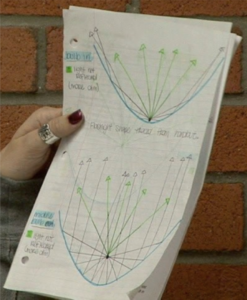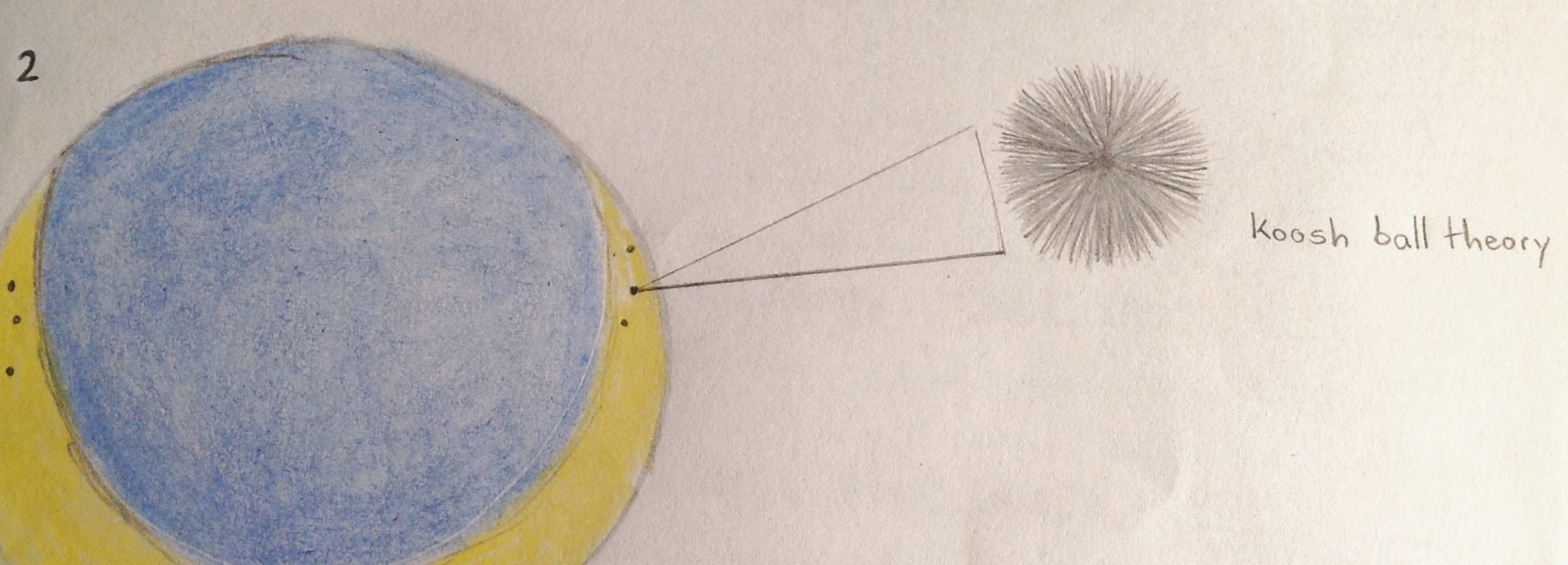 “…we focus on how diagrams and other inscriptions are constructed and improved in our course. Central to this work is an ongoing, iterative, and public work of constructing, sharing, discussing, and refining diagrams; connecting them with the parallel ongoing and iterative work from experiments; and adding increased precision, nuance, and abstraction over time. Through this process, students create rich diagrams, strongly tied to their scientific models, and with an understanding of the role of experimental evidence in the construction and validation of these diagrams.” –Chapter 3, Composing Science
“…we focus on how diagrams and other inscriptions are constructed and improved in our course. Central to this work is an ongoing, iterative, and public work of constructing, sharing, discussing, and refining diagrams; connecting them with the parallel ongoing and iterative work from experiments; and adding increased precision, nuance, and abstraction over time. Through this process, students create rich diagrams, strongly tied to their scientific models, and with an understanding of the role of experimental evidence in the construction and validation of these diagrams.” –Chapter 3, Composing Science
Click here for lesson plan: “Diagrams: Assessment & Feedback”
Take-Home Messages “Refining Diagrams”
- Diagrams, graphs, and other conceptual models lie at the heart of science. Scientists rely on them to both generate explanations and communicate those ideas to others. They can serve a similar role in an inquiry classroom.
- Inscriptions are highly contextualized. That is, they are unique to the idea being communicated and the audience receiving the information. Providing a generic rubric for diagrams is insufficient for helping students learn how to make representational choices in their diagrams. Giving students authentic opportunities to generate, critique, and use diagrams in the context of inquiry, with a variety of audiences and scientific topics of study, is what we have found to be the most successful way to help students develop mastery over understanding and generating inscriptions.
- Comparing different students’ diagrams can be a highly effective way to encourage students to consider a range of representational choices and better understand the affordances of those choices.
- Over the course of an investigation, diagrams will naturally become more precise, accurate, and complete as they move from informal, private musings in a notebook, to ideas shared with peers and instructors, to polished, careful pieces summarizing a large body of data.
- Students need help to become adept at generating and reading diagrams. We have found that giving students explicit, general advice is less effective than using contextualized feedback in the moment. Moreover, we recommend giving students frequent opportunities
to give feedback to one another and to engage in whole-class discussions about best practices when communicating an idea through inscriptions.
